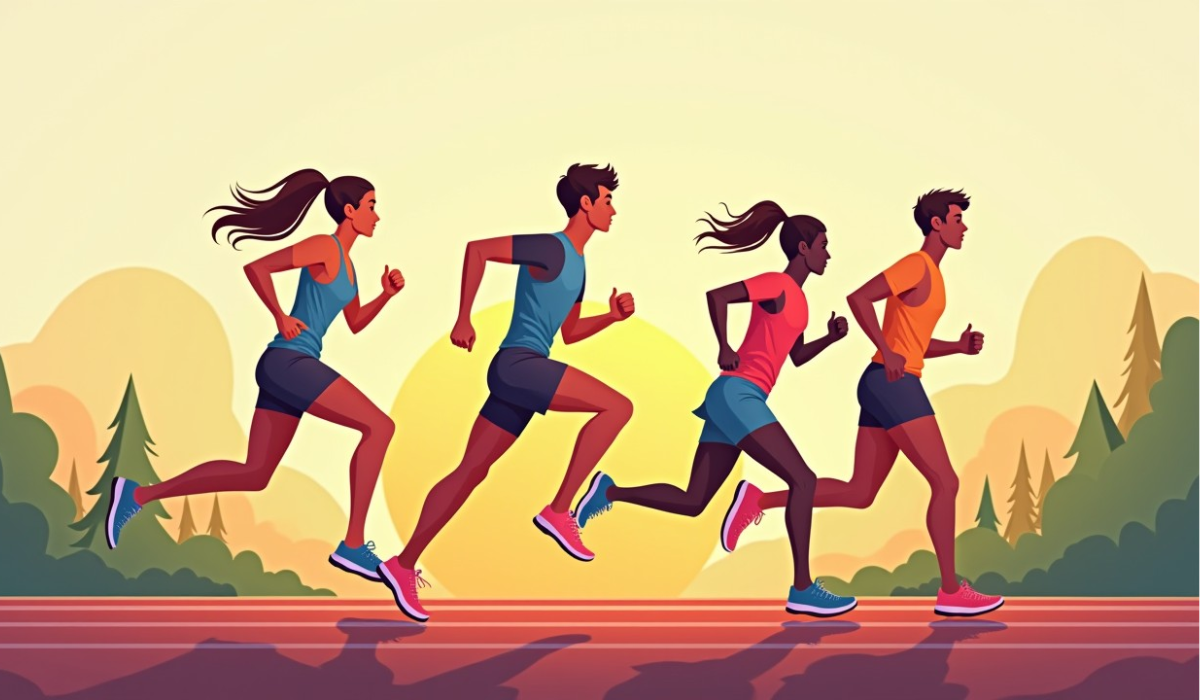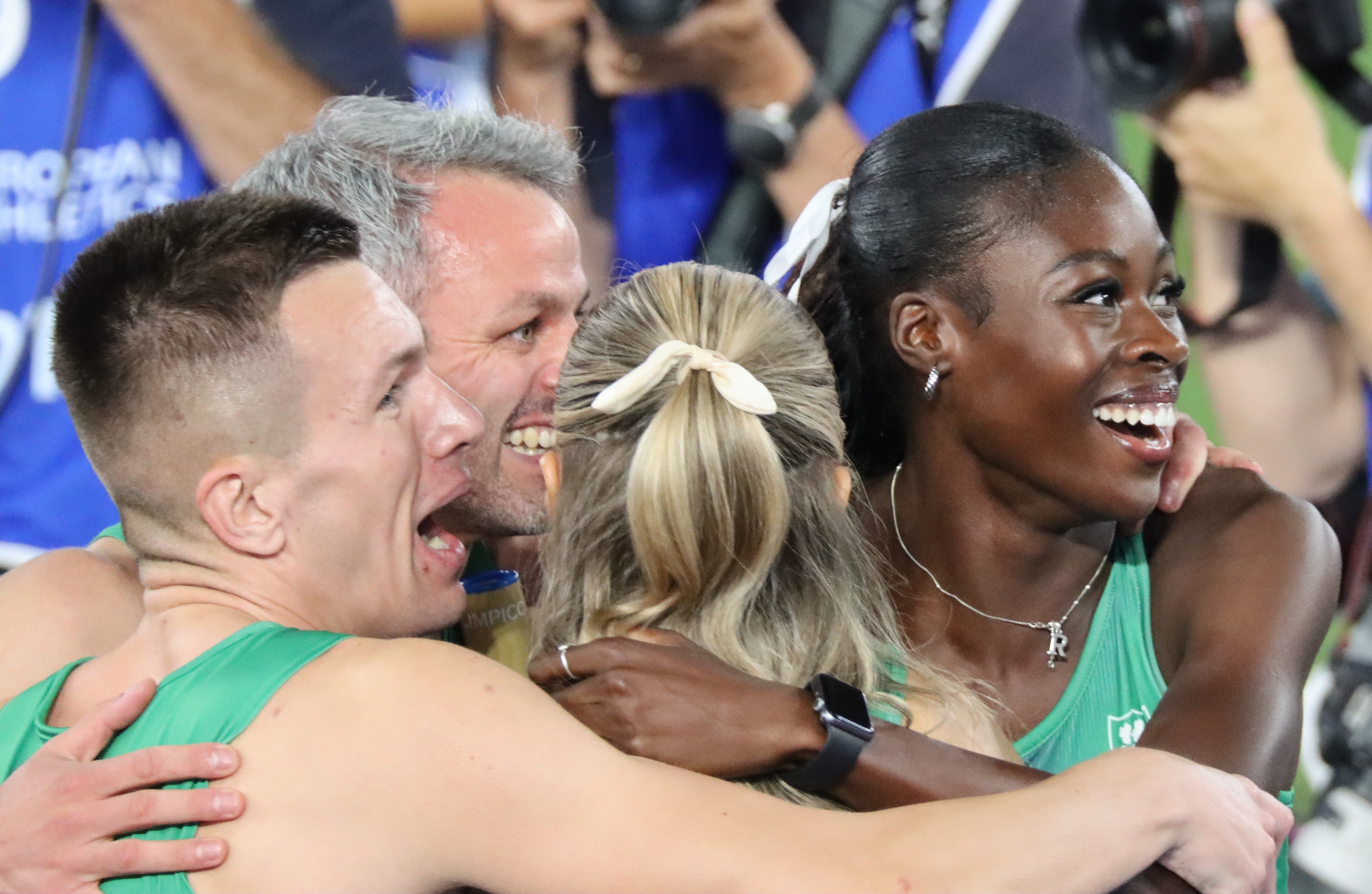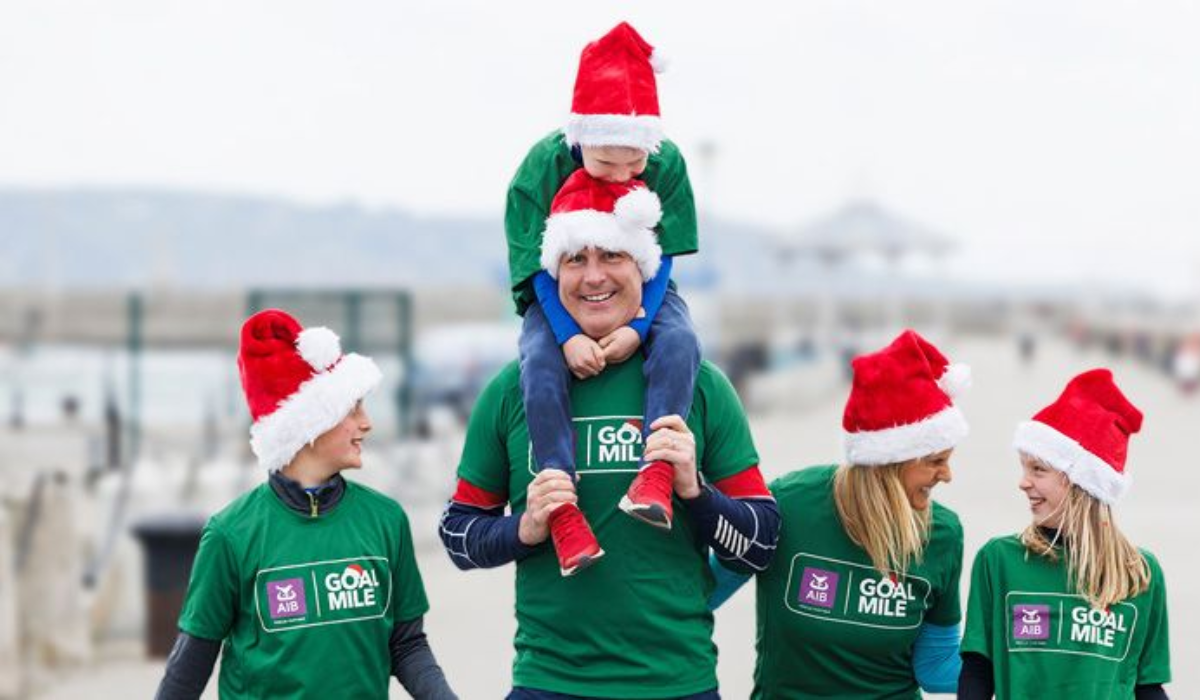Run Republic Mythbusters: Why The ‘Perfect’ Running Stride Is a Lie

November 5, 2024

Welcome to our new series, Run Republic Mythbusters, where we take a closer look at some of the most common myths in the running world. From stride techniques to training tips, we’ll be breaking down the misconceptions and uncovering the truth, backed by research and expert insights. In this first instalment, we tackle the pervasive belief in the "perfect" running stride and explore why it’s not as one-size-fits-all as many claim.
The Myth of the "Perfect" Stride
In the world of running, there's no shortage of advice on technique. Every corner of the internet is filled with self-proclaimed running gurus promising to unlock your "perfect" stride. The underlying message? There’s a single, optimal running style that fits everyone. But is this true, or just another myth that refuses to die?
The myth suggests that there exists a universal stride, an ideal way to run that maximises efficiency and minimises injury risk for all runners. You might have heard advice like:
- “Land on your forefoot to avoid injury.”
- “Keep a certain cadence—around 180 steps per minute.”
- “Your arms should swing in a specific way, and your stride length should match this or that model.”
This advice often comes with the implication that deviating from these standards is not only inefficient but also potentially harmful. The appeal of this myth is understandable. Who wouldn’t want a clear, one-size-fits-all solution to running better?
Why the Myth Endures
Several factors keep this myth alive:
- Visual Appeal: Watching elite runners glide effortlessly across the track, many assume their style is the gold standard. Their smooth, seemingly perfect strides are seen as something every runner should emulate.
- Simplified Advice: The running world is full of well-meaning but overly simplistic advice. It’s tempting to believe there’s a magic formula, a set of rules anyone can follow to achieve peak performance.
- Commercial Interests: From training programs to shoe companies, there’s a vested interest in promoting specific techniques or products. Claims about the "right" way to run can drive sales and sign-ups.
- Human Nature: People crave certainty and quick fixes. The promise of an optimal stride that works for everyone is comforting, even if it’s not grounded in reality.
However, this myth is not just inaccurate, it can also be dangerous. Attempting to mould every runner into a single, idealised technique overlooks a fundamental truth: each runner is unique.
The Reality Check: Not All Strides Are Created Equal
Running strides are as individual as fingerprints. Our bodies differ in height, leg length, muscle composition, and even how our joints move. Expecting all runners to conform to a single "perfect" stride is both unrealistic and potentially harmful.
The Study That Shattered the Illusion
A groundbreaking study titled Visual Classification of Running Economy by Distance Running Coaches published in the European Journal of Sport Science (September 2020) sheds light on the fallacy of the perfect stride. The study, led by Robbie Cochrum and his colleagues, examined the ability of 121 endurance coaches—from high school to international levels—to rank the running economy (RE) of five trained recreational distance runners based solely on visual assessment.
Study Details
Running economy was measured at a speed of 3.57 m·s⁻¹, with a minimum VO₂ difference of 2 mL·kg⁻¹·min⁻¹ between runners. Coaches viewed videos of the runners filmed from various angles and were tasked with ranking them from most to least economical based on visual cues alone.
The findings? No coaching characteristic—be it experience, competition level, or certification—was a significant predictor of ranking accuracy. In essence, even seasoned coaches struggled to accurately gauge running economy by sight.
The study concluded that visual assessment of running economy is inherently challenging. This difficulty stems from the complex interplay of various biomechanical factors that are not easily discernible, even to the trained eye.
The Harm in Chasing a "Perfect" Stride
Beyond inefficiency, adhering to this myth poses real risks. When runners attempt to force their bodies into a technique that doesn’t suit them, the chances of injury skyrocket. Drastic, sudden changes to stride mechanics can stress muscles, tendons, and joints in unnatural ways.
What Actually Works?
So, what’s the alternative? Instead of focusing on drills and forcing stride changes, the most effective method is simple: run more. Research supports the idea that increased mileage allows runners to naturally develop more efficient mechanics over time.
Supporting Study: Natural Development Through Running
A study titled Mechanisms for Improved Running Economy in Beginner Runners (2012), led by Isabel S. Moore and her colleagues, provides key insights. Over a 10-week program, 10 female beginner runners participated in regular running without any specific focus on technique adjustments. The study measured changes in running economy, kinematics, and physiological variables.
Despite no targeted intervention, the runners showed significant improvements in running economy—reducing oxygen consumption from 224 to 205 mL·kg⁻¹·km⁻¹. Interestingly, their VO₂max, a measure of aerobic capacity, remained unchanged. What did change were several biomechanical variables: the runners developed a less extended knee at toe-off, later peak dorsiflexion in stance, and slower eversion velocity at touchdown. These natural adaptations contributed to more efficient running mechanics.
So What are the Key Takeaways?
Simply running more allowed these beginners to refine their gait in a way that improved efficiency, highlighting the body’s ability to self-optimize over time.
Next time you’re tempted by promises of a universal "perfect" stride, remember: there’s no substitute for a personalised approach. Trust your body, increase your mileage gradually, and let your unique stride emerge naturally. In the end, what works best for you is what feels right for your body—not what looks right to someone else.

 Run Ulster
Run Ulster


